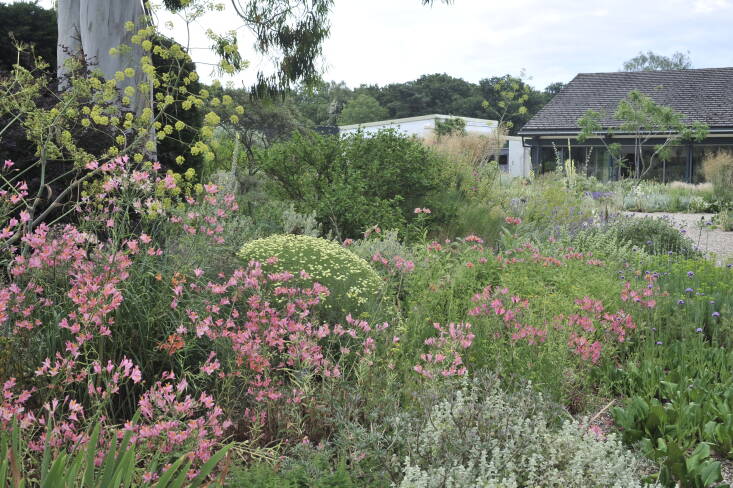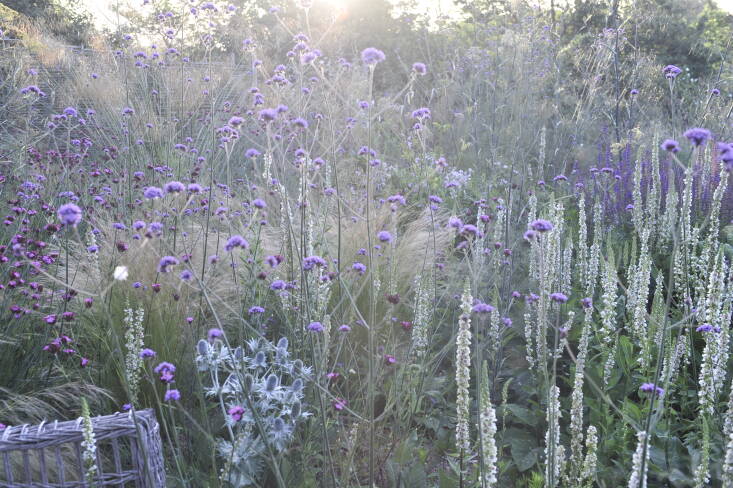Even in temperate areas, climate change is rapidly forcing us to recalibrate what we grow and how we grow it. For many of us who are dealing with endless heatwaves and drought, that means choosing resilient plants that don’t need cosseting or regular irrigation and can survive baking hot summers and low rainfall. (In many cases, these plants need to be able to cope with cold winters, too.)
We’ve rounded up some of our favorite tough, hot garden go-tos.
Photography by Clare Coulson unless otherwise noted.
Salvia

Feather Reed Grass

Russian Sage

Peruvian Lily

Tall Verbena

Lavender

Thyme

Mexican Feathergrass

Carthusian Pink

Verbascum

See also:
- Gardening 101: Dianthus
- Flavorful and Fragrant: 5 Top Drought-Tolerant Herbs to Plant Now
- 11 Ideas to Steal from Drought-Tolerant Gardens
N.B.: This post is an update; it was first published August 2023.
Frequently asked questions
What are the favorite stalwart plants?
The favorite stalwart plants for hot gardens include agave, yucca, lavender, sedum, salvia, ornamental grasses, and cacti.
How do agave plants thrive in hot gardens?
Agave plants thrive in hot gardens due to their succulent nature and ability to store water in their leaves. They are drought-tolerant and can withstand high temperatures.
What are the characteristics of yucca plants that make them suitable for hot gardens?
Yucca plants have long, sword-like leaves and tolerate a wide range of temperatures, making them resilient in hot gardens. They can also withstand drought conditions and require minimal care.
Why is lavender a good choice for hot gardens?
Lavender is a good choice for hot gardens because it thrives in well-drained soil and loves full sun. It is drought-tolerant and its aromatic flowers attract bees and butterflies.
What are some popular types of sedum plants for hot gardens?
Some popular types of sedum plants for hot gardens are 'Angelina' sedum, 'Autumn Joy' sedum, and 'Dragon's Blood' sedum. These plants are known for their ability to withstand heat and dry conditions.
How do salvia plants adapt to hot gardens?
Salvia plants adapt to hot gardens by being drought-tolerant and attracting pollinators like bees and hummingbirds. They have vibrant flowers and are relatively low-maintenance.
What types of ornamental grasses are suitable for hot gardens?
Some types of ornamental grasses suitable for hot gardens are Mexican feather grass, fountain grass, and blue fescue. These grasses are heat-tolerant and add texture and movement to the garden.
How do cacti survive in hot gardens?
Cacti are adapted to survive in hot gardens because of their ability to store water in their thick, fleshy stems. They have spines instead of leaves to reduce water loss and can tolerate direct sunlight and high temperatures.







Have a Question or Comment About This Post?
Join the conversation